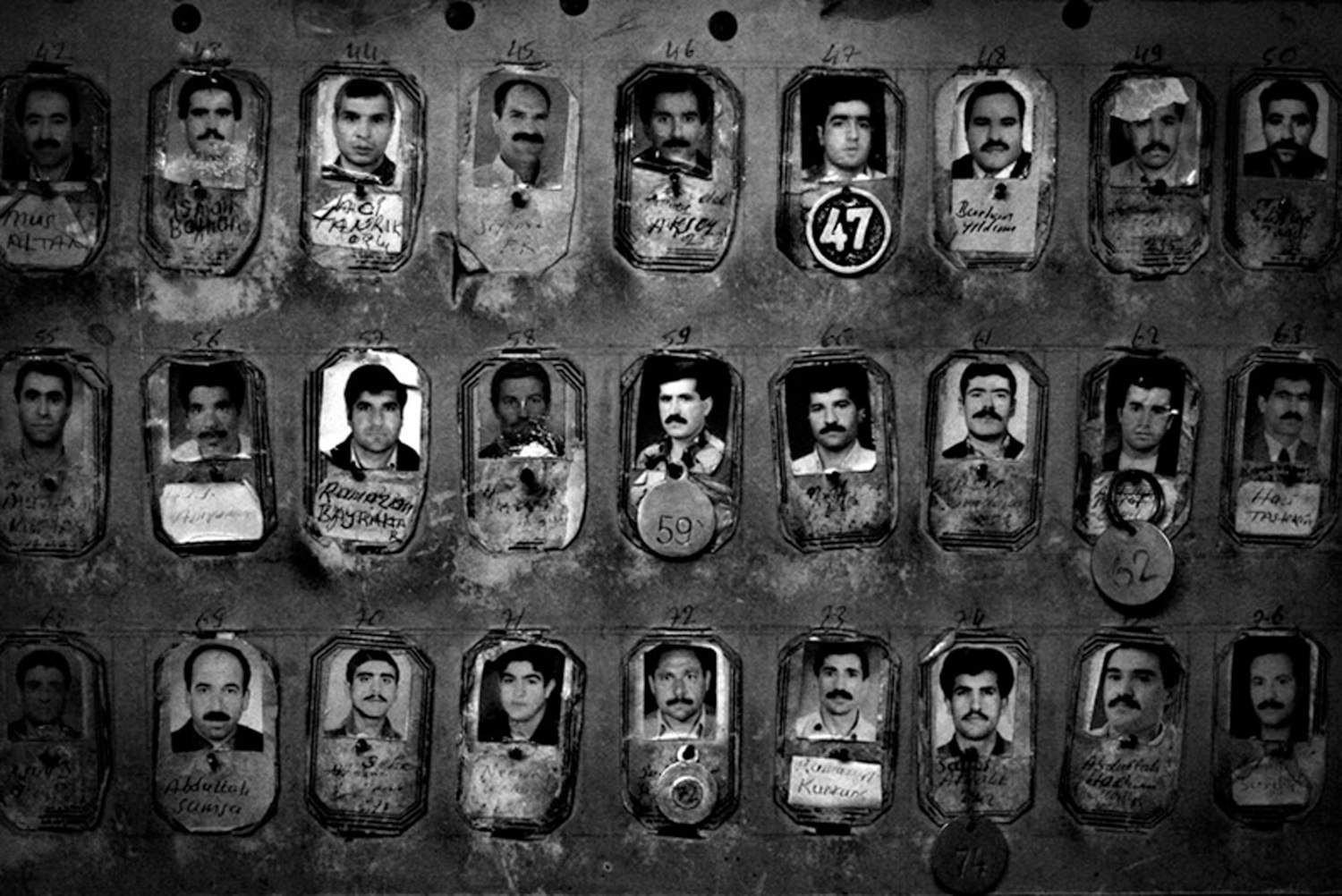Migration, as a periodic occasion particularly prevalent in early 80’s and during the 90’s, is among the fundamentals of the rapid change in Turkey. Migration from rural to urban and east to west, continues to have its effects on the relocating societies, the regions targeted by immigration along with the social structure.
The young workforce expelled from the production cycle due to the industrialization of Turkish agriculture as well as intraregional economic disparity, began to immigrate to the cities to seek for new prospects of income. To survive and to support their families is the sole purpose of thousands of migrants who leave behind their homes for large, industrialized cities such as Istanbul and Ankara. The rate of migration for Istanbul has more than doubled during the 2009-2010 period due to the city’s economic opportunities and income disparities between the country’s west and east, according to official statistics.
The results of a research conducted on thousands of migrants who left their hometowns and villages for Istanbul demonstrate that 90% of the migrants work with a very low income, while 75% work as casual labor in temporary jobs for 7 days in a week with no social benefit. 45% of the children in their tens and 15% of the women are employed. Broad families are also deprived of proper housing due to economic conditions. A large portion of children in the schooling age are working in part time jobs.
The project “Away from Home” which I gave start nearly 5 years ago, covers the inhabitants of Eminonu, Kucukpazar as one of the areas in Istanbul largely populated by migrants.
Thousands of young migrants chasing their hopes and dreams are fighting for their living under challenging conditions. This group of people which we could name as the 4th generation after the migration in the 1960’s , 1980’s and 90’s works in day jobs due to the lack of a professional education. They dwell in single room houses with limited supply of electrics and water. Individual rooms of apartment suites are rented on monthly basis. One room is occupied by 10 people at minimum. Oftentimes, rooms in houses that lack a kitchen and bathroom are used for cooking and shower.
Migrants usually occupied with peddling, junk and scrap dealing make approx. 200 US$ in a month. After spending 50 US$ for rental, migrants send the balance of their income to their families in their hometown.
Only a few are able to achieve their goals of a better life and manage to take their families to Istanbul.
Location: Turkey | Photographer: Kürşat Bayhan | Website: www.kursatbayhan..com
Share


Comments 2
Pingback: IPA Photo Essay Asia Award 2013 Winners Announced | Invisible Ph t grapher Asia (IPA)
Pingback: 42 Top Finalists across 17 Countries – The Invisible Photographer Asia Awards 2013 | Invisible Ph t grapher Asia (IPA)